PRODUCT DESCRIPTION
The NCGS™ code represents a specialized nano-coating developed for plaster and straw surfaces. This innovative solution combines acrylic and silicone resins with nano hydrophobic materials, carefully formulated using cutting-edge nanotechnology. As a water-based product, the hydrophobic insulating nano-resin coating requires dilution with water before application. When applied to building facades, this nano-coating deeply penetrates the plaster or straw surfaces, filling all the pores and providing comprehensive waterproofing. Once the impregnation process is complete, the surfaces gain remarkable water repellency and impermeability, preventing water, dust, chemicals, natural pollutants, and other harmful substances from adhering to the treated areas.
Consequently, surfaces treated with this nano waterproofing experience reduced damage and remain cleaner for extended periods. This type of nano insulation is particularly advantageous for plaster or straw facades, offering moisture insulation and preservation benefits for historic structures. The NCGS™ self-cleaning nano-hydrophobic coating ensures that plaster or straw surfaces do not absorb dirt, maintaining a clean appearance.
The Price of Nano Materials for Building Facades
In the sales market, the price of nano facades for buildings is typically based on the liter unit. Numerous factors influence the pricing of nanomaterials for building facades, including the constituents, product brand, manufacturing country’s currency, and more. Consequently, the price of the NCGS™ nano-coating for plaster and straw is variable, and it is not feasible to provide a fixed price for these nano-sealing materials. To obtain accurate and detailed information regarding the pricing of nanomaterials like nano facade coatings or nano seals, we recommend contacting our experts at Afzir. They will gladly provide guidance and address any specific inquiries you may have.
The rate of growth in the market
Nano coating for plaster and straw (NCGS™) has gained popularity due to its versatility and numerous benefits. It is extensively used for moisture insulation, self-cleaning properties, and environmental compatibility in building facades made of plaster or straw. The market for nano-coatings, including NCGS™, has experienced significant growth driven by the demand for sustainable solutions, advancements in nanotechnology, enhanced durability and performance, and increasing awareness and adoption in the construction industry. The market is expected to continue growing as research and development efforts continue, and there is a greater emphasis on sustainable construction practices.
Features
- Compatible with non-absorbent or low-absorbent surfaces
- Has water repellency
- Self-cleaning
- Dustproof
- High coverage power
- Ease of implementation
- Quick drying
- Suitable for plaster and straw surfaces
- Resistant to different weather conditions
Applications
- Protection and sealing of plaster or straw surfaces of buildings
- Protection of walls against slogans (due to the self-cleaning feature, paint stains can be easily removed.)
- Protection of ancient buildings
Packaging
- 1 and 8 kg
Colour
- silky matte
technical specifications
|
Physical basis |
silky matte |
|
Shelf time |
12 months |
| Maintenance condition |
4-40℃ |
|
chemical basis |
Modified Alkaline Silicane |
| density |
1Kg/L |
|
mixing ratio |
gypsum surfaces: 5 times the volume of water
Straw surfaces: 5 times the volume of water |
| Surface drying time |
2 hours |
- Stay updated on Nano coating technology: Stay informed about the latest advancements in nano-coating technology for gypsum and straw surfaces.
- Understand the substrate: Gain a comprehensive understanding of the properties of gypsum and straw surfaces to optimize the application and performance of the nano-coating.
- Proper surface preparation: Ensure thorough surface cleaning and repair before applying the nano coating for adequate adhesion.
- Dilution and application techniques: Follow the manufacturer’s guidelines for diluting the nano-coating and apply it evenly using appropriate tools.
- Conduct testing and quality control: Regularly test and monitor the performance of the nano-coating to ensure its efficacy and durability.
- Consider environmental factors: Consider environmental conditions like temperature and pollution levels during the application process.
- Collaborate with suppliers and experts: Maintain communication with suppliers and industry experts for guidance and support.
- Document and share knowledge: Record experiences and best practices to share within your professional network for continuous learning and improvement.
- Familiarize yourself with nano-coating technology: Develop a strong understanding of nano-coating technology for gypsum and straw surfaces.
- Collaborate with engineers and designers: Maintain open communication and coordination with the project team to understand requirements and specifications.
- Prioritize surface preparation: Thoroughly clean and repair gypsum and straw surfaces before applying the nano-coating.
- Follow manufacturer’s guidelines: Adhere to the recommended application process, dilution ratios, and curing procedures provided by the manufacturer.
- Use proper application techniques: Apply the nano-coating evenly and uniformly using appropriate tools and methods for consistent coverage.
- Implement quality control and testing: Conduct regular tests to ensure the effectiveness and durability of the nano-coating.
- Prioritize safety precautions: Follow safety protocols and use protective gear during the application process.
- Maintain communication with suppliers: Stay in touch with suppliers for technical support and a smooth supply chain.
- Document project details: Keep detailed records of surface preparation, application techniques, and challenges faced for future reference and improvement.
Surface Preparation:
- Prior to applying nano materials, ensure the surface is free from contaminants like oil, dust, paint, and plaster.
- The surface must be completely dry before applying nano materials.
Steps for Application:
- Clean the surface thoroughly to remove any contamination.
- Dilute the special nano-coating for plaster and straw with water according to the instructions before use.
- Gradually add water to the nanomaterials for dilution, using a stirring rod to mix them. Avoid using high-speed mixers to prevent foaming.
- Dilution ratio: Use five times the volume of water for both gypsum and straw surfaces.
- For improved results, reapply the material to the surface approximately 20 minutes after the initial layer.
- Apply the material to the surface using a spray or brush, ensuring complete coverage.
- Repeat the application process until the entire surface is coated.
- After 2 hours, the surface will be dry and ready for use.
Product Storage:
- Store the product in dry locations.
- Maintain a temperature range of 5 to 40 degrees Celsius.
- Ensure the product container is tightly closed after each use.
- The shelf life of the product is up to 1 year.
- Establish clear quality standards: Define specific parameters for adhesion, water resistance, durability, and self-cleaning properties.
- Inspect raw materials: Verify the quality of acrylic, silicone resins, and nano hydrophobic materials used in the coating.
- Check surface preparation: Ensure proper cleaning, drying, and defect removal before applying the Nano coating.
- Perform adhesion tests: Assess the bonding strength between the coating and gypsum/straw surfaces.
- Conduct water resistance tests: Evaluate the coating’s ability to repel water and prevent penetration.
- Assess durability: Subject coated samples to accelerated aging tests to evaluate resistance to degradation.
- Evaluate self-cleaning properties: Test the coating’s ability to repel dust, dirt and maintain a clean appearance.
- Monitor performance over time: Regularly inspect and test coated surfaces to ensure ongoing adherence to quality standards.
- Document and report: Maintain detailed records of test results, observations, and corrective actions taken.
- Drive continuous improvement: Use data and insights to identify areas for enhancement and implement necessary adjustments in the coating process.
technical documents
Photo Gallery
Technical documentation request




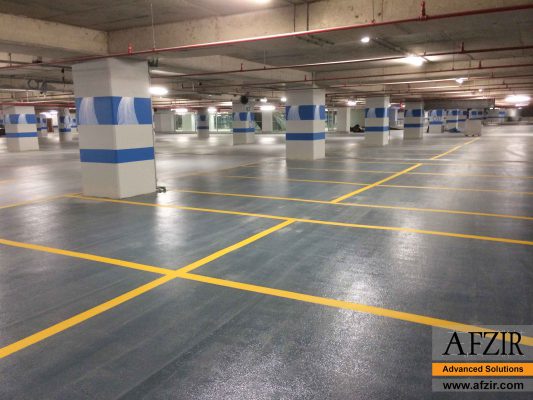






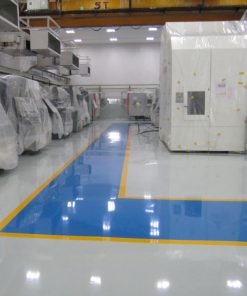




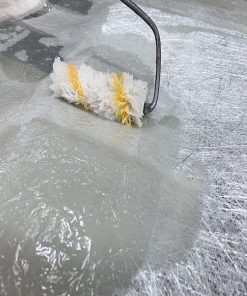
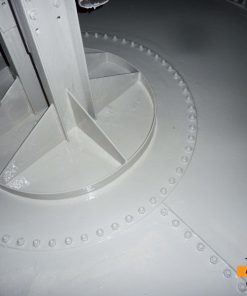
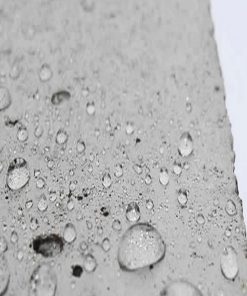
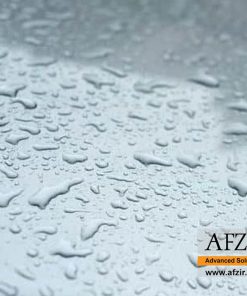
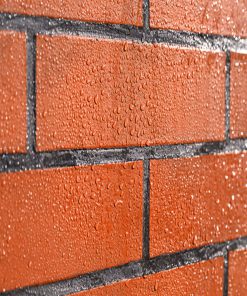

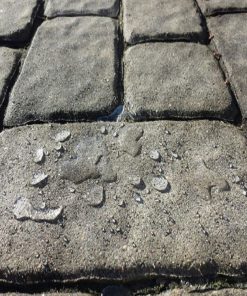






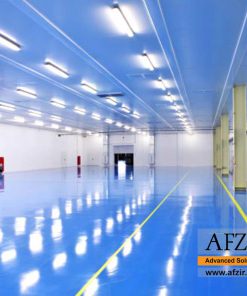
Be the first to review “Nano Coating for Gypsum and straw”